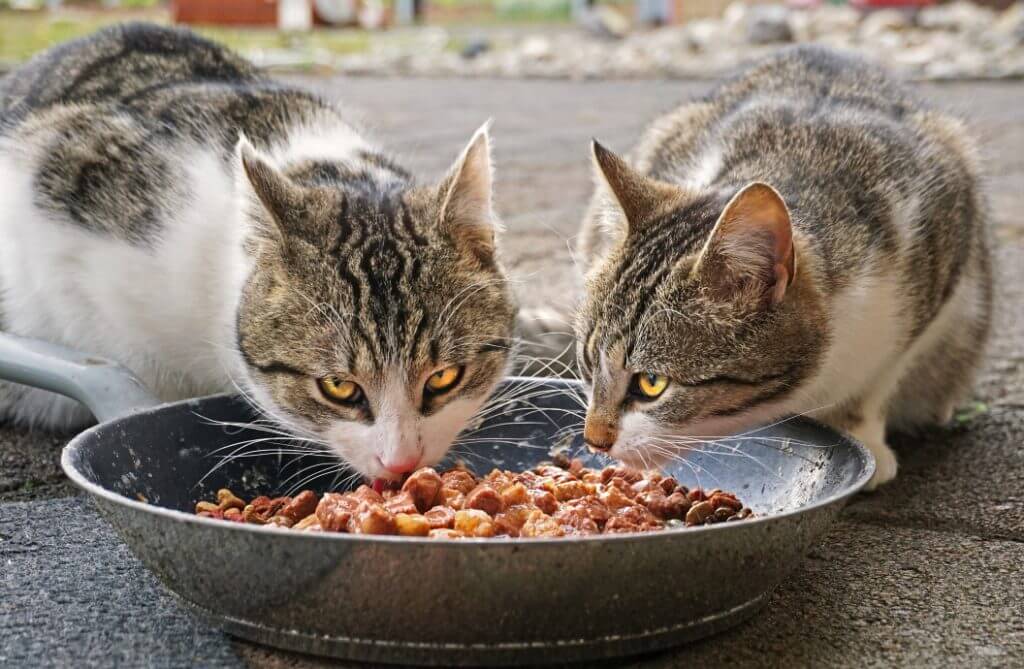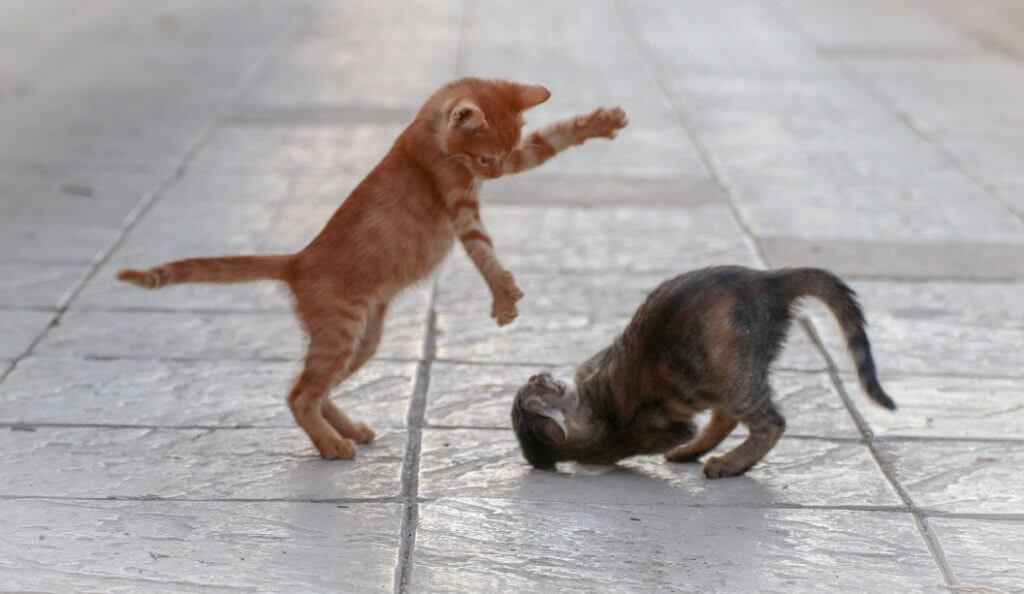This post may contain affiliate links. You can view our affiliate disclosure here.

Is your cat peeing in random spots around the house despite the fact that it was trained to use the litter box?
As a cat owner, this behavior can be confusing, not to mention destructive. Carpets, windows, furniture — your sweet cat is now making your house a mess!
The strong smell and the need for constant cleaning can be frustrating. But did you know that your cat is likely not happy with the situation either?
Cats are very clean. If your cat has started peeing everywhere, that is enough of an indication that something is wrong.
In this post, we’ll run through different reasons as to why your cat has suddenly started to pee indiscriminately, along with suggested solutions to put this behavior to an end.
Medical Problems
Health problems might be causing your cat to urinate outside the litter box. The first thing to do when this happens is to visit your local vet.
Your cat might be suffering from any of the following medical conditions:
1. Urinary Tract Infection (UTI)
Your cat might have a urinary tract infection. UTI infections are painful and may make it refuse to continue using the litter box.
If you notice that it is straining to urinate, with little to nothing coming out, you need to seek medical attention quickly. If left untreated, UTI will cause scarring. Scars start forming in the bladder, leaving less room for urine.
2. Bladder Stones

Bladder stones in cats can cause irritations and blockage. If your vet suspects your cat has bladder stones, an x-ray will be done to determine the size and quantity.
A special diet can help dissolve small bladder stones. If they are large, the vet might recommend an antibiotic treatment, or a cystotomy to remove the stones.
3. Metabolic Disease
Metabolic diseases like chronic diabetes, kidney diseases, liver diseases, and thyroid issues may be causing inappropriate urination. These conditions increase the amount of urine your cat produces.
Your vet will run some blood checks to determine whether this is the cause.
4. Idiopathic Cystitis
Cystitis refers to bladder inflammation, and idiopathic means that the cause of the inflammation is not known.
Cats with this condition have blood in the urine (hematuria). The blood may not be detected using a microscope.
The vet will have to run some urine checks. If there is no bacteria, stones, or crystals present, chances are your cat will be diagnosed with this condition.

A combination of diet change and environmental enrichment will help. The vet may also employ the use of anti-anxiety and/or pain medications.
5. Other
Urinary problems worsen with time, and they can lead to urinary obstructions. If your cat is straining to urinate, it might have a blockage.
The condition can quickly become life-threatening, so when you notice these signs, take your cat to a vet immediately.
Your cat may also be peeing outside the litter box if it has discomfort or pain elsewhere in the body. Comprehensive lab work will reveal the underlying medical condition allowing the vet to start the appropriate treatment immediately.
Behavioral Reasons
There are many potential behavioral reasons why your cat is peeing everywhere.
Stress, anxiety, and frustration may cause your cat to change its urinating habits. Moving to a new house or introducing a new person to the household can trigger these changes.
Territorial marking is another reason why cats urinate; it is triggered when there is an odor of another cat in the house. Sometimes your cat can be marking its environment in response to anxiety or stress.

Your cat may also change its urinating patterns if it has issues with the tray. Your cat may not be happy with the tray type, litter material, or the location.
To deal with behavioral causes, consider the following suggestions:
- Try different litter tray brands and shapes.
- Place the tray in a quiet area. Cats love privacy, and placing the litter tray away from the household traffic might help.
- For elderly cats and those struggling with arthritis, provide them with uncovered trays to make it easy for them to access.
- Keep the litter tray clean.
- Your cat may not like the odor of your cleansers. You can either change them or make sure to rinse the tray in clean water.
- Place the litter tray where your cat is urinating.
- Spray odor neutralizers in places where your cat is peeing. Removing the urine smell reduces or eliminates the interest to continue urinating there. Make sure the odor neutralizers are safe for cats.
- Provide multiple trays if you have introduced a new cat.
- Restrict the cat’s access to the area where it’s urinating inappropriately.
- Change the function of the area where your cat is urinating inappropriately. Turning the area into a playing, scratching, feeding, or sleeping area may reduce the desire to urinate there.
Conclusion
There are many possible reasons that a cat might urinate everywhere instead of in the litter box. It’s up to you, the cat owner, to figure out the cause and put a stop to it.
Thanks for reading. Do you have a cat that pees everywhere? Feel free to share your experiences in the comments below.



